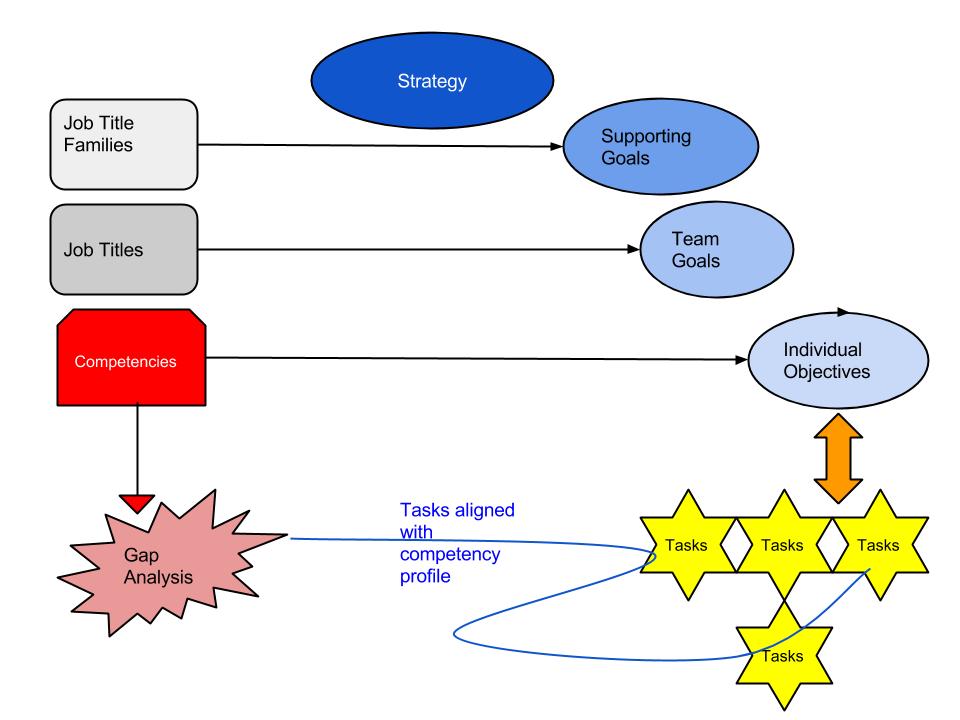Clearing Up the Confusion Between Strategic Execution and Performance Management
Some businesses confuse performance management and execution of strategic objectives. It appears that more companies use performance management processes than businesses that have execution processes designed to achieve strategic objectives.
How do Performance Management and Strategic Execution Differ?
What is Performance Management?
Performance management is typically linked to a role or position. The position will be documented and include a list of competencies that are needed to perform the position. These competencies may be static or changing depending on the position. Changes to competency requirements often occur when new strategic or tactical objectives are launched in the organisation.
A learning management system (LMS) can be used to audit the organisation for gaps in the new competency requirements. Training can be rolled out to address these gaps and enable the organisation to track status and completions. In the LMS, the competencies can be assessed using surveys or assessments by the individual, peers and managers.
The performance management process typically operates on a cycle of goal setting and performance review meetings between managers and their teams. The employee is rated and human resources collects the data. The performance review process is ideally linked to learning and development plans that are then offered via an LMS and tracked accordingly.
What is Strategic Execution?
Strategic execution is how an organisation translates its strategic objectives to the workforce. The process is designed to ensure that management is able to track and monitor activity and progress to ensure strategic objectives are completed successfully in the timeframe allotted to them; typically a quarter, half year or financial year.
The translation of strategy is often called a ‘cascade’ as it changes form the further it moves away from the board or senior executive level. The strategic objectives are translated to supporting goals, departmental targets, team goals and individual tasks.
In the image below, a client uses Job Titles as opposed to Positions or Roles. This client recently audited their job titles and created new position descriptions aligned with them. It made sense to use job titles as opposed to departments, teams or other organisational structure terminology.

The key ingredient in ensuring that strategic objectives are executed is the use of regular status update meetings involving teams or individuals with their managers. These meetings are focused on the tasks that have been assigned to each individual.
The ‘check in’ meetings are short with a set agenda. The outcome is the manager has an up to date dashboard of project and task status. The employees are able to highlight issues or impediments that may be impacting performance and request assistance from the manager. The combined information captured in these meetings forms one part of the performance data used in performance reviews.
On the strategic level, these meetings enable managers to forecast completion of key objectives as well as flag any possible delays. This process prevents surprises for senior managers who will have less time to take corrective action.
ALSO READ: Strategy Without Learning is Flawed
Learn about WorkPlan Learning
WorkPlan Learning is a collaborative LMS designed to empower your employees to build and share their knowledge.
Contact us for a free demo.
Related Articles
Are you ready to take your business to another level?
Contact us today
Head Office
1300 726 708
+61 7 3220 2229
Melbourne Office
+61 3 9752 5651
In the spirit of reconciliation WorkPlan acknowledges the Traditional Custodians of country throughout Australia and their connections to land, sea and community. We pay our respect to their Elders past and present and extend that respect to all Aboriginal and Torres Strait Islander peoples.



